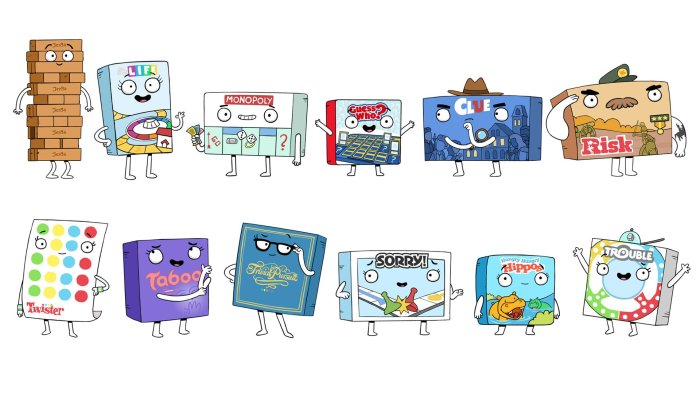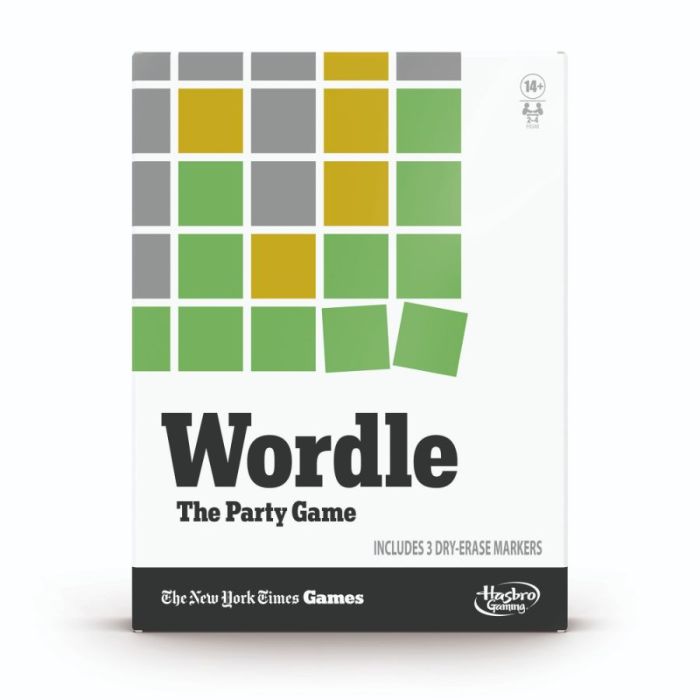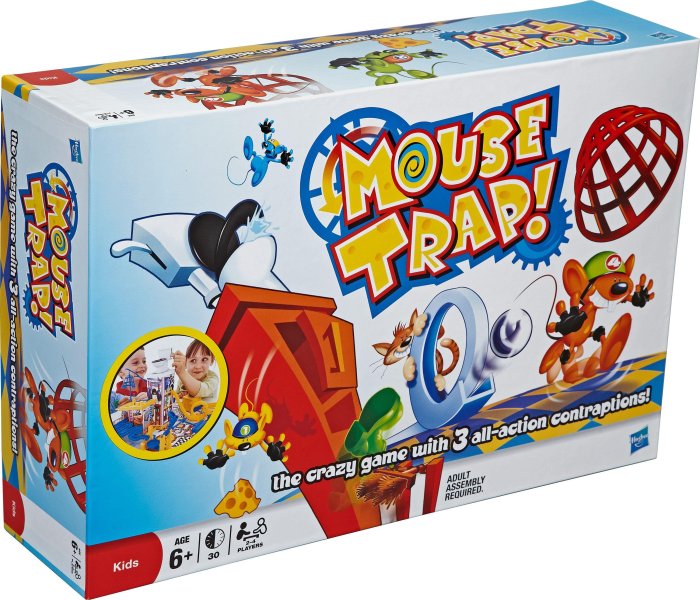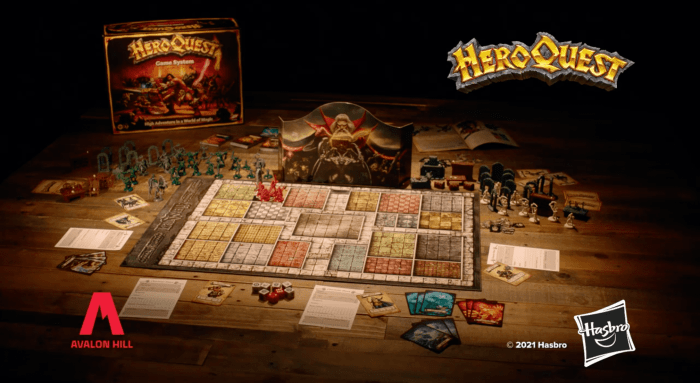To develop a new board game hasbro brings together employees – In a bold move to foster innovation and harness the collective creativity of its workforce, Hasbro has implemented a groundbreaking strategy: involving employees in the development of new board games. This collaborative approach has yielded remarkable results, leading to the creation of successful and engaging games that have captivated players worldwide.
Hasbro’s commitment to employee involvement extends beyond mere consultation. Employees are actively encouraged to submit ideas, participate in brainstorming sessions, and provide feedback throughout the development process. This inclusive approach not only taps into a wealth of diverse perspectives but also fosters a sense of ownership and pride among employees, ultimately driving the creation of exceptional board games.
Hasbro’s Collaboration Strategy

Hasbro’s approach to board game development involves fostering a collaborative environment where employees are encouraged to share ideas and contribute to the design process. This strategy has resulted in a number of successful employee-driven board game concepts, such as Jenga, Monopoly Deal, and Pie Face.
The benefits of fostering a collaborative environment for innovation include increased creativity, diversity of ideas, and improved problem-solving. By involving employees in the development process, Hasbro is able to tap into a wider pool of knowledge and experience, which leads to more innovative and engaging board games.
The Process of Ideation and Development

The process of ideation and development for board games at Hasbro typically involves the following steps:
- Brainstorming: Employees generate ideas for new board games, often through workshops or brainstorming sessions.
- Prototyping: Employees create prototypes of their game ideas, which are then tested with other employees and consumers.
- Playtesting: The prototypes are tested with a wider group of people to gather feedback and identify areas for improvement.
- Refinement: The game is refined based on feedback from playtesting, with changes made to the rules, mechanics, and components.
- Finalization: The game is finalized and prepared for production.
Playtesting and feedback are essential to the development process, as they allow Hasbro to identify and address any issues with the game before it is released to the public.
Design and Mechanics
The design and mechanics of a board game are essential to its success. Hasbro’s employee-developed board games often feature innovative or unique mechanics that make them stand out from the competition.
For example, Jenga is a stacking game that requires players to remove blocks from a tower without causing it to collapse. Monopoly Deal is a card game that combines the elements of Monopoly with the speed and simplicity of a card game.
The key to successful board game design is to find a balance between simplicity and complexity. The game should be easy to learn and play, but it should also offer enough depth and challenge to keep players engaged.
Production and Marketing: To Develop A New Board Game Hasbro Brings Together Employees

Once a board game has been developed, it must be produced and marketed. Hasbro has a long history of producing high-quality board games, and its games are distributed to retailers all over the world.
The marketing of a new board game is essential to its success. Hasbro uses a variety of marketing channels to reach its target audience, including television, print, and online advertising.
The company also works with retailers to create in-store displays and promotions that help to generate excitement and demand for new games.
Case Studies and Examples
Hasbro has a long history of successful board games, many of which were developed by employees. Some of the most popular employee-developed board games include:
- Jenga
- Monopoly Deal
- Pie Face
- Connect Four
- Operation
These games have all been praised for their innovative design, engaging gameplay, and high quality.
Future Trends and Innovations

The board game industry is constantly evolving, and Hasbro is committed to staying at the forefront of innovation. The company is exploring new trends in board game design, such as the use of augmented reality and virtual reality.
Hasbro is also working on developing new board games that appeal to a wider range of audiences. The company is committed to creating games that are fun, educational, and inclusive.
FAQs
What are the benefits of Hasbro’s employee-driven board game development strategy?
Hasbro’s strategy fosters innovation, taps into diverse perspectives, fosters employee ownership, and strengthens the company’s innovation pipeline.
How does Hasbro involve employees in the board game development process?
Employees submit ideas, participate in brainstorming sessions, and provide feedback throughout the development process.
What are some examples of successful board games developed through Hasbro’s employee-driven approach?
Specific examples of successful board games developed through Hasbro’s employee-driven approach are not provided in the given Artikel.